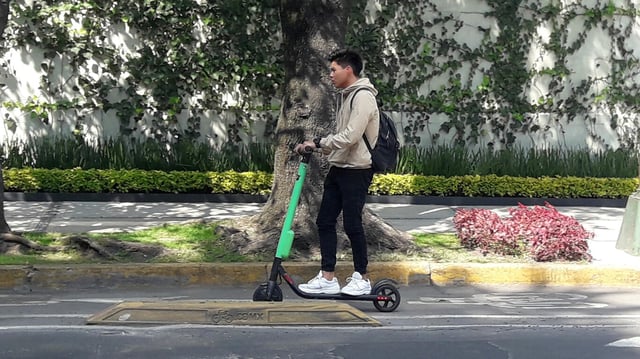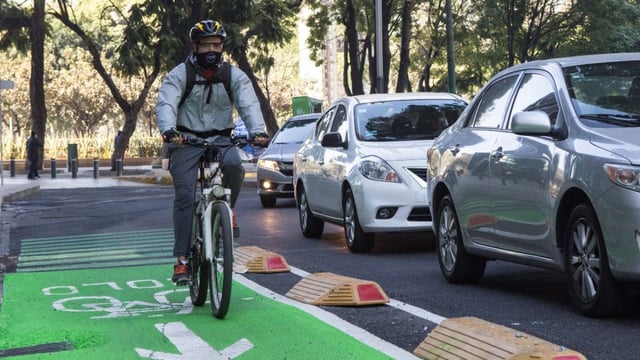Overview
- The Congreso CDMX approved reforms creating a VEMEPE category that divides personal electric vehicles into Type A (under 35 kg) and Type B (35–350 kg) and treats units that exceed 25 km/h or, for some scooters, 35 kg as motorcycles subject to plates and motorcycle licenses.
- The law gives the city 360 days from publication in the Gaceta Oficial to update the transit regulations while the Secretaría de Movilidad (Semovi) must define costs, licensing procedures and where documents will be issued.
- Legislators have signaled near‑term expectations for Semovi guidance, with some members saying the agency should provide initial rules within about one month even though formal sanctions are not planned immediately.
- Health authorities warned the change responds to rising injuries and hospitalizations tied to micromobility devices, with the IMSS reporting a 5.4% rise in fracture discharges from 2022–24 and more than 60,000 cases in early 2025.
- Stakeholders raised transition concerns about enforcement capacity, risks of police extortion, the cost burden of plates, licenses and protective gear, and technical challenges in verifying top speed and vehicle weight.



